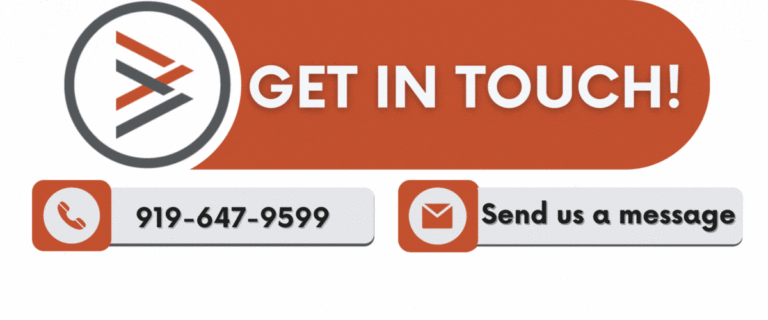![]()
How to Help Your Loved Ones (and Assets) Avoid Probate
Today, many people are using a revocable living trust instead of a will or joint ownership as the foundation of their estate plan. When properly prepared, a living trust avoids the public, costly and time-consuming court processes of conservatorship or guardianship (due to incapacity) or probate (after death). Still, many people make a big mistake that sends their accounts and property and loved ones right into the court system: They fail to align their assets with their trust (also known as funding their trust).
What Does It Mean to Align Your Assets (Fund Your Trust)?
Aligning your assets with your trust (funding your trust) is simply the process of transferring accounts and property from your name into your trust. In some cases, you may also want to change beneficiary designations to name your trust as a beneficiary. If you have any accounts or property with a beneficiary designation, we can walk through the best way to transfer these outside of the probate process.
Aligning (or funding) is accomplished in several different ways:
Changing the title of the asset from your individual name (or joint names if you’re married) to the name of your trust – for example, from John Smith to John Smith, Trustee of the John Smith Living Trust dated June 1, 2020.
Assigning your interest in an asset without a title (such as artwork, jewelry, collectibles or antiques) to your trust.
Changing the primary or contingent beneficiary of the asset (i.e., account or property) to your trust.
What Happens to Assets Left Out of Your Trust?
For many people, avoiding a conservatorship or guardianship during their lifetime and probate at their death are the main reasons they set up a revocable living trust. Unfortunately, you may believe that once you sign your trust agreement, you’re done. But if you fail to take the next step to change titles and beneficiary designations before becoming mentally incompetent or dying, your accounts and property—and your loved ones—will end up in probate court.
Which Assets Should, and Which Should Not, Be Funded (or Aligned) with Your Trust?
In general, you should consider aligning the following assets into your trust:
Real estate – homes, rental properties, vacant land, and timeshares
Bank and credit union accounts – checking, savings, CDs
Safe deposit boxes
Investment accounts – brokerage, agency, custody
Notes payable to you
Life insurance – if you don’t have an irrevocable life insurance trust
Business interests
Intellectual property
Oil and gas interests
Water rights or shares (especially in some states where they can be quite valuable)
Personal effects – artwork, jewelry, collectibles, antiques
On the other hand, you should probably not align the following assets into your trust:
IRAs and other tax-deferred retirement accounts – only the beneficiary should be changed
Incentive stock options and Section 1244 stock
Interests in professional corporations
Foreign assets – in some countries, funding an asset into a U.S.-based trust causes adverse tax consequences, while in other countries, trusts aren’t recognized or are ignored due to forced heirship laws
UTMA and UGMA accounts – your minor grandchild is the owner, you are merely the custodian; instead, name a successor custodian
Cars, trucks boats, motorcycles and scooters –most states allow a small amount of assets, including vehicles, to pass outside of probate; in others, a beneficiary can be designated for vehicles; and in still others, vehicles don’t have to go through probate at all.
It’s important to work closely with us to determine what should go into your trust and what should stay outside of it. Also, before purchasing new assets, give us a call to find out how to title the account or deed or who to designate as the beneficiary.
What Are the Benefits of Aligning Your Assets and Funding Your Trust?
Funding your trust makes it possible to obtain the best results from your trust-based estate plan:
Your trustee, instead of a conservatorship or guardianship judge, will take control of your trust assets, on your behalf, if you become mentally incompetent, ensuring that you are cared for in the manner you expect.
Your trustee, instead of a probate court, will take control of your trust assets after your death, managing and distributing the accounts and property to your chosen beneficiaries without court involvement.
Your trust will be easier to update as your wishes and circumstances change instead of doing things piecemeal through joint ownership, payable-on-death or transfer-on-death accounts, or individual beneficiary designations.
Your final wishes will remain a private family matter instead of being publicized in the local probate court records.
The Bottom Line on Asset Alignment and Trust Funding
Many people like the cost and time savings, as well as the added control over their money and property a living trust offers. Yet in the end, an unfunded trust isn’t worth the paper it’s written on. We are available, by phone or video conference if you prefer, to answer your questions about funding your trust, and we look forward to working with you and your advisors on all of your estate planning needs.
WE HAVE THE TOOLS TO HELP YOU!
Contact our office today to schedule your appointment. As an added convenience for our clients, we are available to hold our meetings through video conferencing or by phone if you prefer. We are here to help you decide whether it makes sense to avoid probate in your particular case and, if so, the best way to do so.

